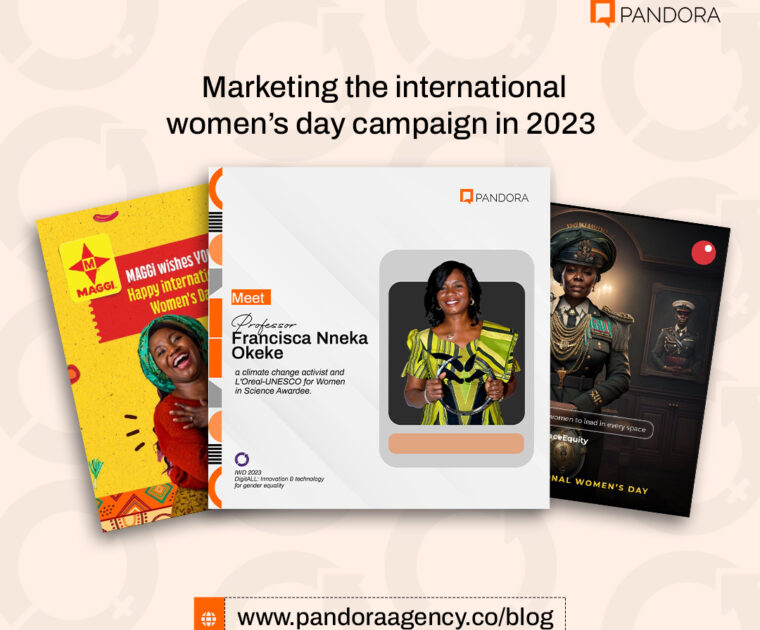Women are one-half of the global population, but they are often saddled with gifting and home purchases in many families.
According to Marti Barletta, the author of Marketing to Women, women decide on 75% of purchases of new homes and 81% of groceries purchases, accounting for at least 80% of all household expenditures. In essence, 50% of products marketed toward men are purchased by women. Forbes also corroborates this high purchasing behavior of women.
How do businesses redirect their marketing toward women and maximize their growth potential?
In this article, I will discuss efficient strategies businesses across sectors can apply to target women and increase their growth potential.
-
Understanding Your Direct and Indirect Female Audience
The first step is to understand and analyze your female audience to adopt a voice that speaks to their interests, attitudes, beliefs, and understanding.
A target audience comprises individuals with specific demographics and behavior patterns. These are the steps to defining your female target audience;
- Compile data on your current audience; age, location, spending patterns, language, interests, and challenges.
- Create buyer personas
- Conduct in-depth market research
- Study social media data and analytics
- Perform competitor analysis
- Clarify the value of your products and services by explaining the benefits.
-
Tell the Stories of Women
When marketing to women, utilizing their stories can establish profound emotional bonds with your female audience. Simply put, it shows your brand listens and pays attention.
To tell a compelling story that resonates with women, emphasize the benefit of what you offer.
Women value knowledge to save time and money, so considering how your story is told to women is crucial because they tend to research products before buying. Savvy business owners and marketers can capitalize on this purchasing behavior by crafting marketing content that provides clear information on product features and benefits. It is also essential to establish emotional connections beyond just features and benefits.
-
Leverage Influencer Marketing; partner with female influencers
Over 50% of women say they have purchased based on influencers’ posts. This goes to show the power influencer marketing holds and how adopting this strategy can have a significant impact on your brand. Locating relevant female influencers that exhibit your brand’s values can enhance the customer experience by fostering trust, boosting brand perception, producing pertinent content, nurturing a loyal audience, and offering various and distinctive engagements.
-
Diversity and Inclusivity
Recognizing that women are not homogeneous is essential, and marketers must acknowledge their diversity. Segmented messaging is a valuable technique as it enables brands to customize their messages to various groups of women based on variables such as age, income, lifestyle, and cultural identity.
By comprehending the distinct requirements and preferences of different groups of women, brands can generate more specific and applicable messaging. This approach can result in better engagement, ultimately translating into increased sales.
The good news is that modern brands are considering this. For example, Fenty Beauty and Savage X Fenty by Rihanna. These brands are primarily known for their inclusivity, and the products available are created for women of different ethnicities and body types.
Nonetheless, there is always an opportunity for progress, and marketers must keep an open mind to listen and understand women’s diverse experiences and viewpoints. This will enable them to generate messaging that genuinely connects with their audience.
-
Celebrate Women Via Campaigns
Campaigns that highlight certain stereotypical perceptions of women should be avoided entirely. An instance is messages that promote or make light of body complexes. E.g., is TikTok’s new body filter. This campaign has received a counter-campaign from Dove, as the majority felt the filter was building a body standard.
While creating your marketing campaigns, consider, “How can we empower and honor women?” You can establish more stable brand and consumer relationships by approaching marketing towards women from a positive rather than a negative standpoint. Save negative marketing strategies for other brands. Your brand can set a better example.
In conclusion, effective marketing strategies targeting women require a deep understanding of your female audience, storytelling that centers around women, leveraging the power of female influencers, diversity and inclusivity, and campaigns celebrating women. These strategies are crucial for cultivating solid connections with female consumers and creating a favorable brand image that connects with women of diverse backgrounds and experiences.
Gender diversity and inclusivity in marketing are significant issues that Pandora Agency is aware of. We work with people from various backgrounds to develop campaigns connecting women of all ages, ethnicities, and identities.
We are dedicated to making a positive effect that celebrates and supports women by giving inclusivity and diversity a high priority in our initiatives.



Leave a Reply